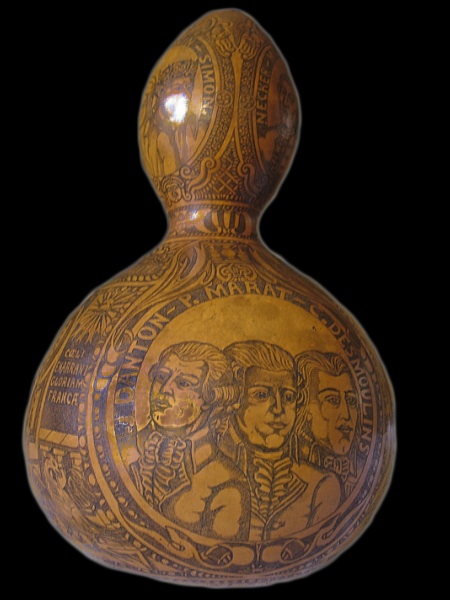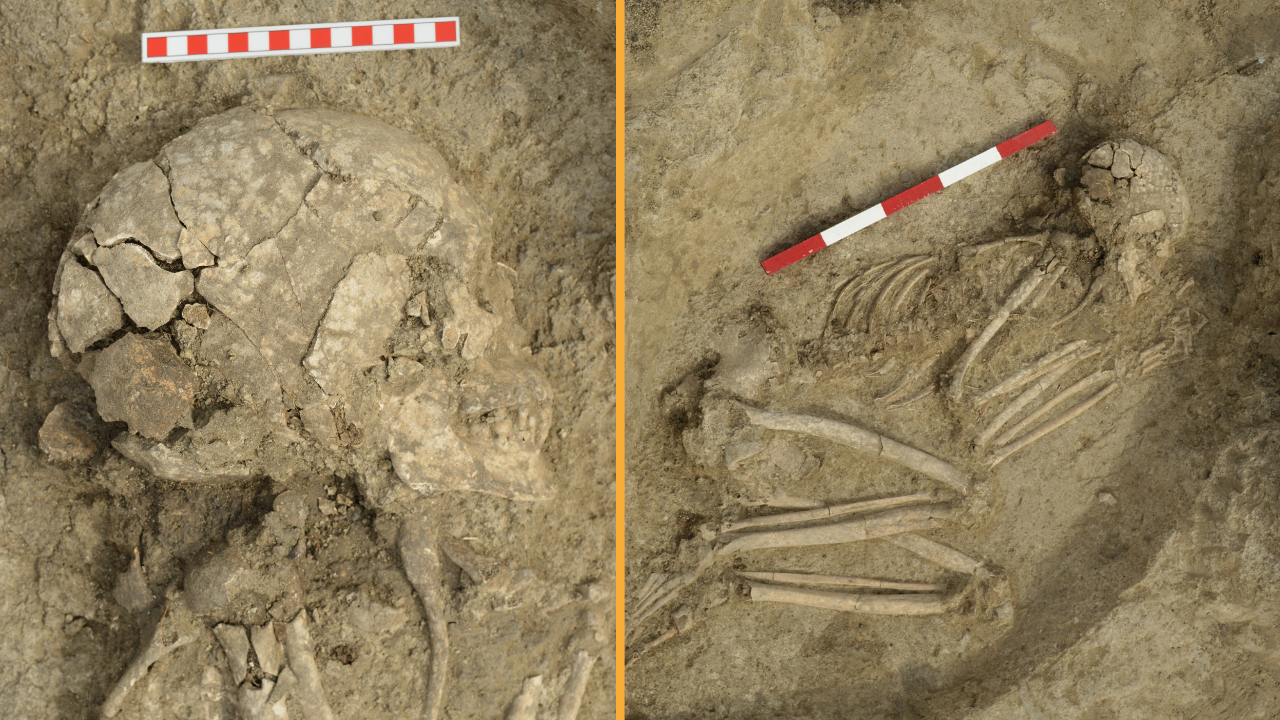Royal Buzzkill: Gourd Doesn't Hold Louis XVI's Blood

A new analysis that casts major doubt on the identification of a mummified head as belonging to French King Henry IV also calls into question the origin of a possibly more bizarre artifact: a blood-encrusted gourd.
An analysis published in January in the journal Forensic Science International identified the blood as that of French King Louis XVI, who was executed by guillotine in 1793, a victim of the French Revolution. Witnesses to the death reportedly sopped up the king's blood with handkerchiefs. According to inscriptions on the bloody gourd, one of those handkerchiefs was stored inside.
Using DNA from the Y, or male, chromosome, researchers compared the dried blood in the gourd (the handkerchief, if inside, disintegrated long ago) with genetic material from a mummified head said to belong to Louis XVI's ancestor, King Henry IV. The original analysis suggested the two men were related, and that both were Bourbons, the lineage that began with Henry IV.
But a new DNA study published in the European Journal of Human Genetics on Oct. 9 argues that neither the owner of the head nor the owner of the blood were Bourbons. The original analysis was based on limited genetic material and degraded DNA, the study authors wrote. [8 Grisly Archaeological Discoveries]
"The blood cannot be of Louis XVI," Jean-Jacques Cassiman, a geneticist at the University of Leuven in Belgium and the lead author of the new study, told LiveScience.
Cassiman and his colleagues compared the DNA signatures from the head and blood from the gourd with the DNA of three living male descendants of the Bourbon line, all from different branches of the family. The three men's Y chromosomes matched one another, but they did not match the blood. Whereas the Y chromosomes of the living Bourbons belong to a subgroup called R-Z381*, the Y chromosome of the blood donor belongs to a group called G(xG1, G2). The most recent common ancestor of a man in the R group and a man in the G group would be 10,000 years ago at the latest, the researchers wrote.
Likewise, the owner of the head and the owner of the blood do not appear to have been related to one another. For both samples to belong to kings of France, Cassiman said, there would have had to be two secretly illegitimate sons in the line between them. Illegitimate children do occur in royal lines, but the fact that three living Bourbon males from different branches of the family share a Y-chromosome profile is strong evidence that the Bourbons did not have illegitimate children in the line.
Get the world’s most fascinating discoveries delivered straight to your inbox.
The head's Y chromosome does not match the living Bourbons, the researchers found. And DNA passed through the maternal line further rules out Henry IV as the head's owner, they said.
Cassiman and his colleagues also found a segment on the blood owner's HERC2 gene — a gene associated with eye color — that indicates that whoever bled on the handkerchief had an 84 percent chance of not having blue eyes. Louis XVI, however, did have blue eyes.
Handkerchiefs soaked with a dead king's blood would have been hot financial commodities after Louis XVI died, the researchers wrote. It's likely, therefore, that the bloody handkerchief was a fake created by someone out to make a buck.
Follow Stephanie Pappas on Twitter and Google+. Follow us @livescience, Facebook & Google+. Original article on LiveScience.

Stephanie Pappas is a contributing writer for Live Science, covering topics ranging from geoscience to archaeology to the human brain and behavior. She was previously a senior writer for Live Science but is now a freelancer based in Denver, Colorado, and regularly contributes to Scientific American and The Monitor, the monthly magazine of the American Psychological Association. Stephanie received a bachelor's degree in psychology from the University of South Carolina and a graduate certificate in science communication from the University of California, Santa Cruz.


